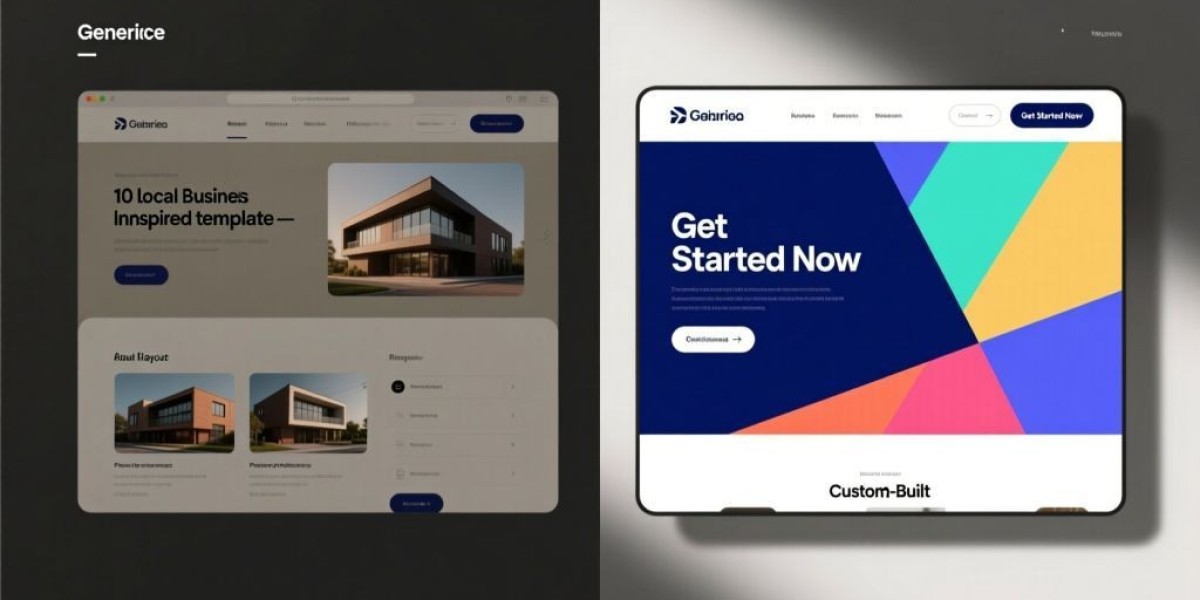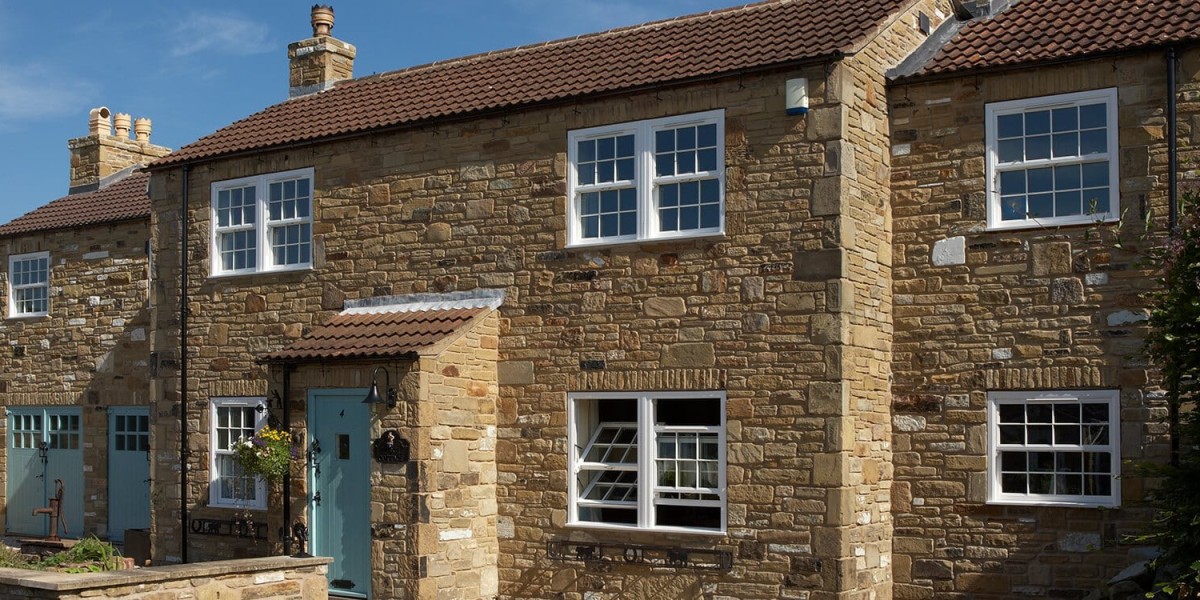Every business needs a website today—it’s your digital storefront, your brand’s first impression, your always-on marketing tool. The real question isn’t whether you need one, but whether you should hire a website designer for a custom-built site or choose a pre-made template to save time and money.
Templates seem like the easy choice for their low cost and quick setup, but custom design offers unique benefits that might make it the better pick for some businesses. Let’s dive into the pros and cons to help you decide what’s right for you.
What Custom Web Design Really Means
Custom web design isn’t just about picking a color scheme or adding a logo. It’s like commissioning a custom-built boat. A website designer starts by understanding your business goals, maps out how users will navigate your site, and crafts every feature to align with your vision.
Templates, by contrast, are like buying a standard boat off the lot. You can add a new paint job or swap out some gear, but the core design is fixed. They’re affordable and fast but often don’t fully capture your brand’s unique needs.
Why Choose Custom Web Design?
A Standout Brand Identity
Imagine browsing websites that all look the same—same menus, same layout, same vibe. They’re forgettable. A website designer creates a site that’s distinctly yours, ensuring your brand stands out in a crowded digital space.
Designed for Your Customers
A website designer doesn’t just focus on aesthetics—they prioritize what your audience needs. For example, a bakery’s site might need vibrant photos and an easy order form, while a consultant’s site might emphasize clear booking options. Templates often force you to fit your needs into their rigid structure, which can lead to a frustrating user experience.
Built for Future Growth
Your business will evolve over time. Maybe you’ll want to add an online store, a blog, or a client portal later. A custom site, crafted by a website designer, can be designed to accommodate these changes. Templates, however, can hit limits when you try to expand, like trying to turn a small raft into a yacht.
Faster and Smoother Performance
Slow websites drive visitors away. Templates often come with excess code to support multiple use cases, which can slow things down. A website designer builds a lean site tailored to your needs, leading to faster load times. This improves user satisfaction and can boost your search engine rankings.
The Downsides of Custom Web Design
Higher Costs
Custom design comes with a bigger price tag. A template might cost a few hundred dollars, while a custom site can easily run into the thousands, depending on its complexity. For small businesses or startups, that money might be better spent on marketing or inventory.
Longer Build Time
Templates can get you online in days. A custom site, even with a skilled website designer, might take weeks or months to complete. If you’re racing to launch a new venture, the wait can feel like a major hurdle.
Ongoing Expert Dependence
Templates often come with user-friendly tools for simple updates, like changing text or swapping images. Custom sites, however, may require a website designer Singapore for even minor tweaks, especially if they involve coding. This can lead to higher costs and less control over time.
Risk of Overcomplicating
When you’re investing in a custom site, it’s tempting to add every feature imaginable. But just like buying a gadget-packed device you don’t fully use, you might end up with a site that’s more complex than needed. A website designer can help you prioritize, but it’s easy to overspend if you’re not careful.
A Real-World Comparison
Think of this choice like buying a bicycle. A template is like a budget bike from a chain store—affordable and ready to ride. A custom site is like a hand-built bike tailored to your riding style. The budget bike gets you around, but the custom one offers better performance and durability.
The right choice depends on your needs and resources.
How to Make the Right Choice
If you’re a freelancer, small shop owner, or just starting out, a template can provide a professional look without draining your budget. It’s a practical way to get online fast while you focus on building your business.
But if your website is the core of your operations—like an e-commerce store, a coaching platform, or a subscription service—a custom site could be a game-changer. A website designer can optimize the user experience, like streamlining checkout or improving navigation, which can directly boost revenue. Ask yourself: if a clunky site loses you one customer, would that loss exceed the cost of a custom design? If so, it’s worth the investment.
The Middle Ground
You don’t always have to choose between fully custom or fully templated. Many website designers offer semi-custom solutions, starting with a flexible framework and tailoring it to your brand. It’s like buying a solid bike and customizing it—you get a personalized result without the full cost or timeline of a custom build. This approach often works well for businesses seeking uniqueness on a budget.
Final Thoughts
Hiring a website designer for a custom site isn’t always the best move. For some, a template is a quick, affordable way to establish an online presence. For others, a custom design is a strategic investment that drives growth and sets them apart.
The key is to be clear about your business’s needs today and its goals for tomorrow. If your site is just a digital placeholder, a template might suffice. But if it’s a core driver of your success, a custom site built by a website designer could deliver big returns. Evaluate your priorities, and the best choice will become clear.













